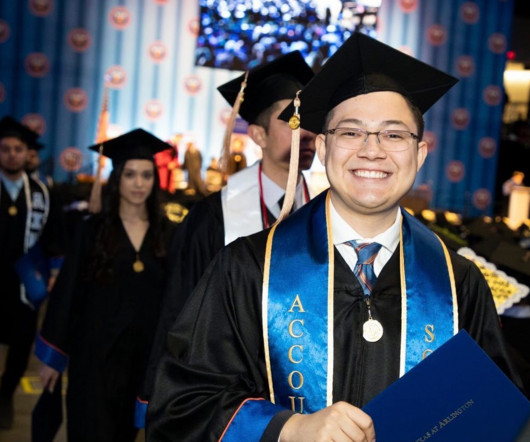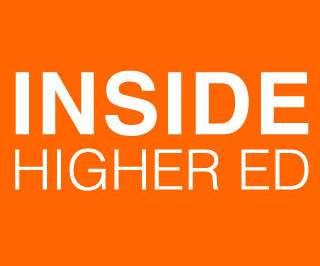A Continued Commitment to Community
Diverse: Issues in Higher Education
OCTOBER 1, 2023
Utilizing a holistic approach, its mission is to ensure that all students thrive in engineering and computer science, particularly Latino, Black and women students, who are underrepresented in these fields. million research grant from the National Science Foundation (NSF). We are an affordable institution.














Let's personalize your content